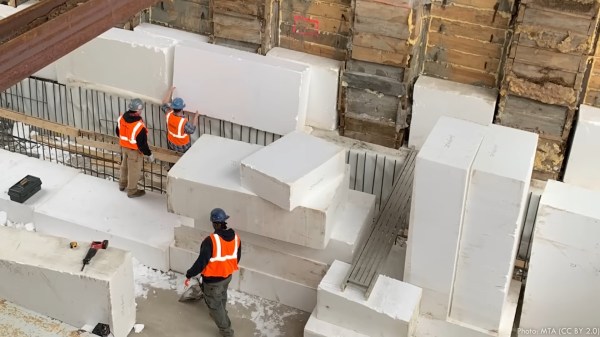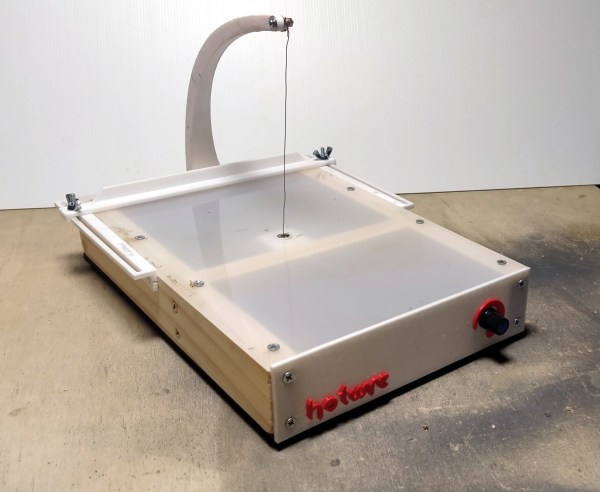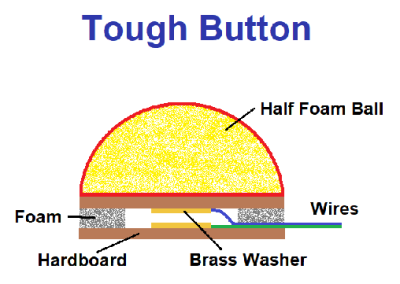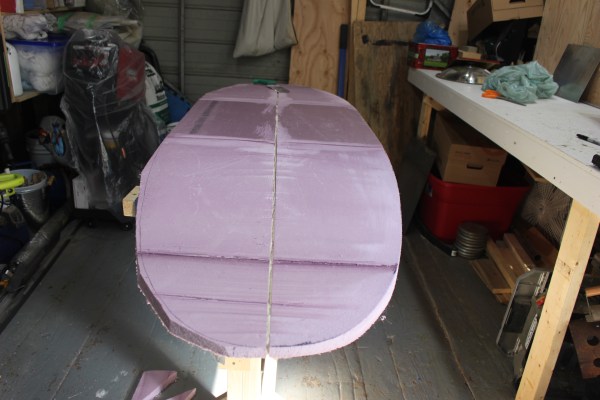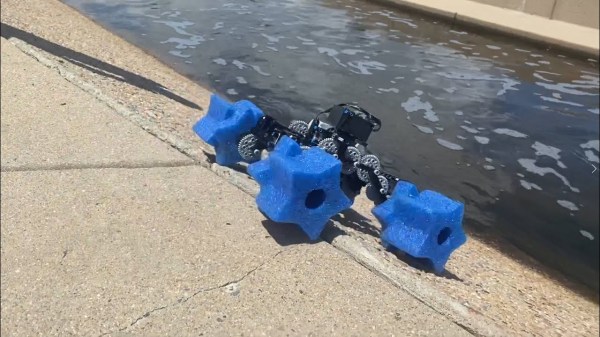The second of three major solar eclipses in a mere six-year period swept across the United States last week. We managed to catch the first one back in 2017, and still have plans for the next one in April of 2024. But we gave this one a miss, mainly because it was “just” an annular eclipse, promising a less spectacular presentation than a total eclipse.
Looks like we were wrong about that, at least judging by photographs of last week’s “Ring of Fire” eclipse. NASA managed to catch a shot of the Moon’s shadow over the middle of the US from the Deep Space Climate Observer at Lagrange Point 1. The image, which shows both the compact central umbra of the shadow and the much larger penumbra, which covers almost the entire continent, is equal parts fascinating and terrifying. Ground-based photographers were very much in the action too, turning in some lovely shots of the eclipse. We particularly like this “one-in-a-million” shot of a jet airliner photobombing the developing eclipse. Shots like these make us feel like it was a mistake to skip the 10-hour drive to the path of annularity.


